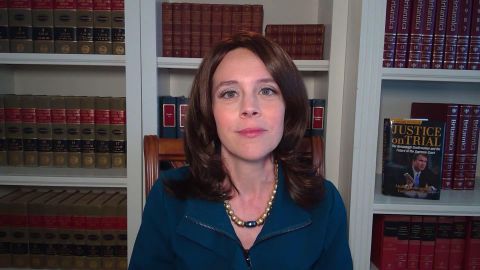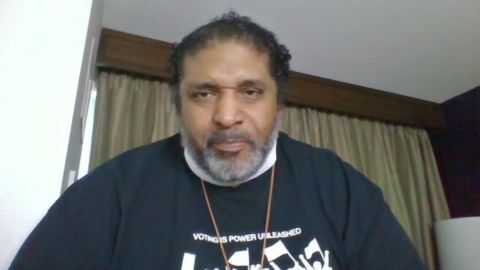Read Transcript EXPAND
CARRIE SEVERINO, PRESIDENT, JUDICIAL CRISIS NETWORK: Well, as Justice Ginsburg herself said, a president doesn’t stop being a president in his fourth year of office. This is something that every time there’s been a vacancy during an election year, the president has made a nomination, and we know that the precedent is that Ginsburg herself was confirmed nearly unanimously in only 42 days, Sandra Day O’Connor in 33 days, unanimously confirmed. Justice Stevens in 16 days was unanimously confirmed. So, there is a great deal of precedent for this type of a quick confirmation, and the women that the president — it seems like are on his final short list, are people who have recently been confirmed by bipartisan majorities, by the Senate. So, it’s not — it’s a process that I think it’s appropriate to obviously give a moment for — to pause, for justice to remember Justice Ginsburg’s memory, but especially going into an election year where there’s a possibility of important cases that could split four- four in the court. I think it also makes sense to fill the seat and to move forward so there is a full complement of justices to address those important issues.
CHRISTIANE AMANPOUR: So, I did obviously a bit of reading, and there has never been such a rapid turnover as the one that’s being considered right now. I mean, the last time there was a rapid one was in 1916. So, that was a long time ago. Justice Ginsburg herself took the trouble on her deathbed to dictate to her own granddaughter that her most fervent wish was that her replacement be made by the next president, whoever it might be, President Trump or President Biden. But that was her wish. And, back in 2016, it was your organization, and even the Senate majority leader who said the American people should decide when you rejected Merrick Garland. The American people should decide. We’re on the verge of an election which may change the landscape, and they’re not being given the chance to decide. What do you say about that?
SEVERINO: So, the historical precedent in these cases is, every time there is a vacancy, the president has made a nomination, and it really depends — what happens with that vacancy depends on the control of the Senate. In 2016, the White House and the Senate were controlled by different parties. Effectively, the American people giving the Senate back the GOP midway through President Obama’s term is them tapping the brakes. In that kind of case, there is a tie, effectively, between the White House, the Senate. The American people were the tiebreakers in that case. And they chose to have Donald Trump fill that seat. Historically, when the White House and the Senate are held by the same party, almost every single time in American history, in election year vacancies, those have been filled.
About This Episode EXPAND
Christiane speaks about the charges–or lack thereof–against the Louisville police officers responsible for the death of Breonna Taylor. She also speaks with Carrie Severino and Neal Katyal about the potential outcomes of a new Supreme Court justice. Alexander Betts discusses the European Union’s new asylum policy.
LEARN MORE



